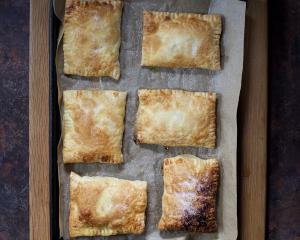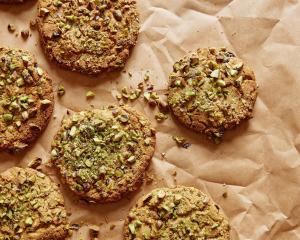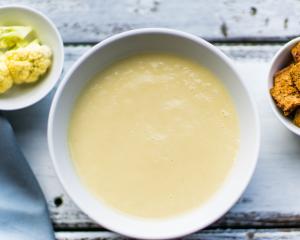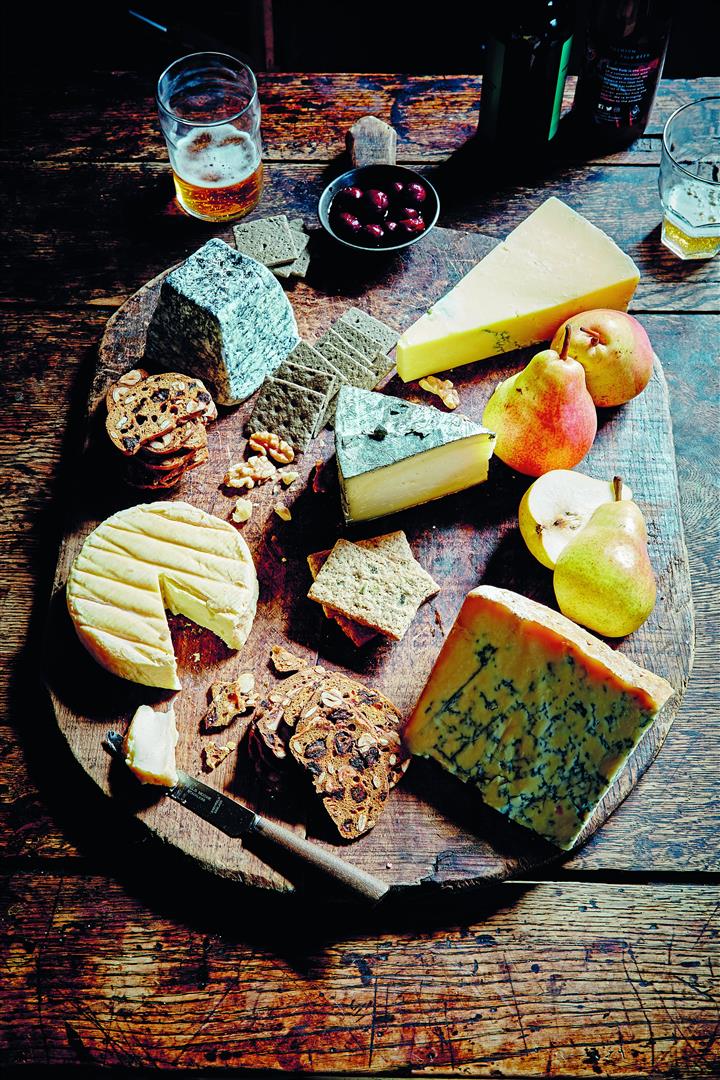
If you’re planning a get-together to watch the Olympics opening ceremony this weekend or one of the Kiwi athletes performing during the next fortnight, why not host a craftbeer and cheese night to entertain your guests until the late-night action happens?
In Sharing Food with Friends Kathy Kordalis says hosting a craftbeer and cheese night is a great, chilled way to entertain, and to help she provides a handy menu and planning guide.
She suggests pairing the recipes below with a chicken pie and slaw for a main served with an English-style pale ale and individual apple pies for dessert with a saison or stout.

Cheese and beer pairing and tasting notes
Goat’s cheese and a saison
Try pairing soft goat’s cheese with saison-style beer. Saisons were traditionally brewed by Belgian farmers during the winter, stored through the spring and consumed throughout the summer.
They tend to be on the drier side, with a light fruitiness and sweet yeastiness balanced by a mild bitter herbal quality. The fruity quality of the beer’s yeast complements the tang of goat’s cheese, while the light malt and body of the beer balance out the creaminess of the cheese.
Both the beer and the cheese will be light, working together to bring out the subtle flavours and textures in each. Choose a log or wheel of soft cheese, with or without ash, looking for something that is softer and more crumbly rather than gooey at the centre.
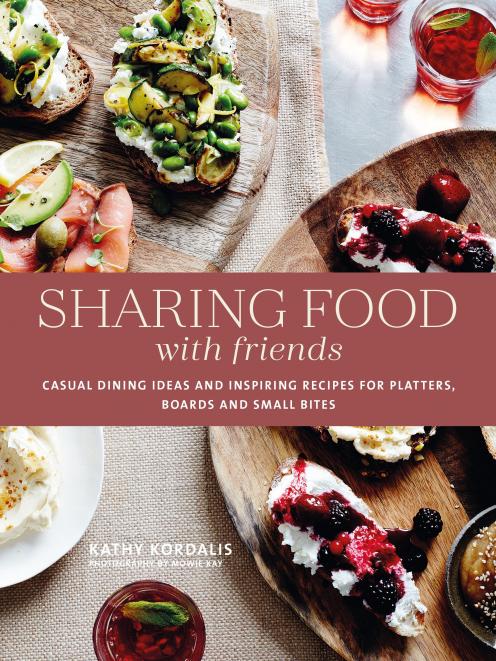
Farmhouse cheddar and an English pale ale
This is a classic combination. English-style pale ales tend to be maltier and less bitter than American-style pale ales, with a medium body and colouring that ranges from deep gold to copper. This malty character brings an almost sweet, bready flavour that goes perfectly with rich, salty cheddar.
The mild bitterness from the hops also complements the nutty, earthiness of the cheese. Farmhouse cheddars come in giant wheels, so the cheesemonger will cut you a wedge. Most tend to be pale to golden, but some can be orange.
The texture may be a bit drier compared with vacuum-packed cheddar, and you may spot a blue vein or two in sections of the wheel, but this is normal for traditional cheddars and what you will want.
Washed-rind soft cheese and a sour
If you are feeling adventurous, try pairing a bold, washed rind cheese with a sour style beer (such as a classic lambic or geuze). Historically, these beers were created through spontaneous fermentation after exposure to wild yeasts, taking years to mature and giving them tart, funky characteristics.
They tend to be light in body and often fruit is added to encourage second fermentation, resulting in subtle fruit flavours and aromas alongside the crisp, tart acidity from the wild yeasts. The same bold and earthy flavours found in these beers appear in washed-rind cheeses and when paired together are intensified. The acidity and carbonation of the beer help cut the creaminess of the cheese and cleanse the palate to create a strong but well-balanced match.
Look for a cheese round with a textured rind and a soft, slightly gooey centre. Often the more intensely flavoured cheeses have orange or gold rind.
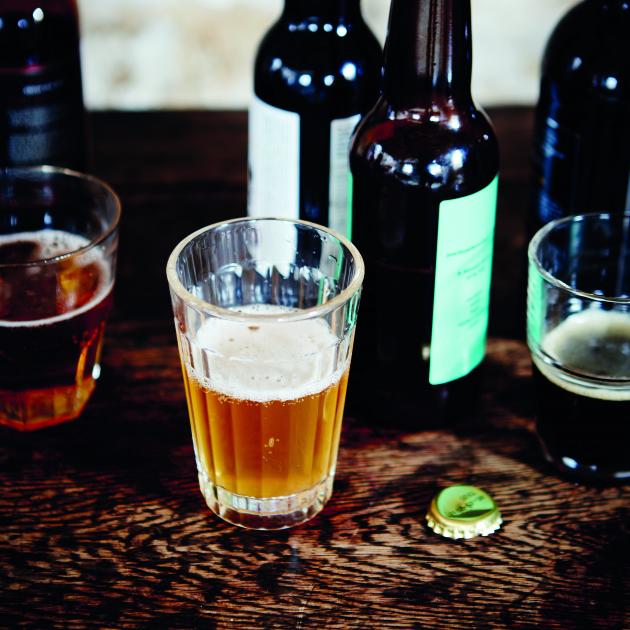
Blue and a stout
Many of the principles that make Stilton and port a great combination hold true for pairing blue cheese and stout. Stouts are deep brown to black, with a heavy body and smooth feel.
Many have the aroma and taste of chocolate or coffee due to the roasting of the malt but some are brewed with these ingredients to intensify the flavours.
The smooth body of a stout complements the rich creaminess of blue cheese. At the same time, the deeply roasted malt creates the chocolate and fruity sweetness of a stout the same flavours that can go unnoticed in an earthy blue cheese. Look for cheese that is buttery, creamy or crumbly with subtle blue vein lacing.
These cheeses have both sweet and nutty characteristics along with salty and earthy flavours that pair nicely with a stout.
Storage and serving
To store your cheeses, wrap each in waxed paper and keep in the refrigerator. Remove a few hours before serving to allow the still-wrapped cheeses to come to room temperature to enjoy the optimum texture and flavours.
To serve, unwrap the cheese and place on a serving board with a separate cheese knife for each, and a varied selection of accompaniments such as plain crackers or toasted baguette points, plum chutney, fruit jam/jelly or paste and honeycomb.
To store your beers, keep in a dark, cool place. At least a few hours in advance of serving, put them in the refrigerator to cool. Remove the beers 10-15 minutes before you are ready to serve them to allow some of the flavours to be released as they come to temperature.
A general rule of thumb is to serve and consume beers from light to dark, leaving the beers with the strongest flavours for last to avoid compromising your palate. In this case, the order would be: saison, sour, bitter, stout.
Some people recommend that specific beers should be served in specialty glassware to encourage aromas to be enjoyed more easily, to regulate the flow of each sip and to retain the frothy head. Do not worry about this for your party - it is important, however, to use clean glassware for each beer.
Tilt the glass when pouring, turning upright when you have poured about three-quarters of the liquid. For the last one-quarter, pour slowly into the upright glass to allow for a bit of foamy head to remain.
As with wine, sniffing a beer before tasting is key to enjoying it. You may be surprised by some of the aromas you detect, and how they compare with the taste of the beer.
Planning
Much of the following menu can be made in advance: Cheese board Fruit and nut spice soda bread Bread and butter pickles, paired with a saison Quince in ale and honey, paired with a saison or stout
(Chicken pie and slaw and individual apple pies are also part of Kordalis’ menu, but recipes are not printed here.)
A few or more days before:
Make the quince in ale and honey and refrigerate; make the pickles and refrigerate; make the soda bread and freeze.
The day before:
Make the chicken pie filling and refrigerate. Buy the cheese and beer and chill.
On the morning:
Top the pie with the potatoes and chill. Defrost the soda bread. Make individual apple pies and set aside.
One hour before your guests arrive:
Place the cheese on a board to allow to come to room temperature. Glaze the apple pies. Gently heat the bread and place with the cheese board. Bring out the quince and pickles. Make the slaw but set aside the dressing for service.
When your guests arrive:
Serve them a beer and lead them to the cheese board. Yes, it’s controversial to serve it before the meal and with beer! But go on, live a little. Place the pie in the oven and when it’s ready, serve it with the slaw.
For the finale:
Serve the pies either ever so slightly heated (not too much) or at room temperature, which is my favourite way. Don’t forget the drizzle of cream.
Maximise flavour:
Keep the cooking juices from the quince; these will be a syrupy amber nectar and perfect drizzled over cheese and bread.
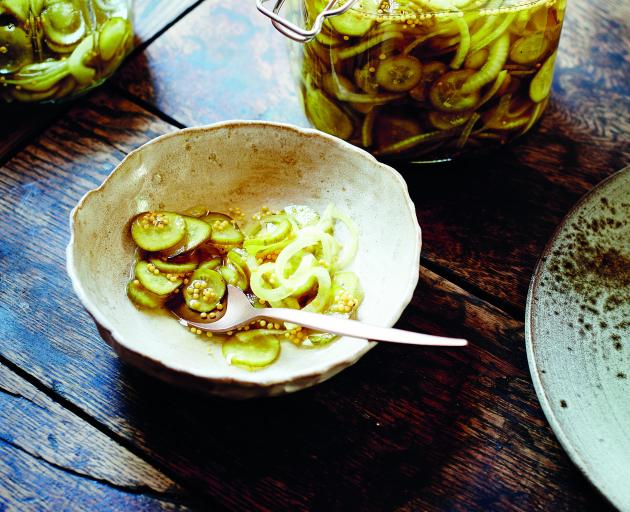
Bread and butter pickles
Makes 1 jar
400g small Lebanese cucumbers, sliced
1 Tbsp sea salt
1 onion, thinly sliced
180g [1 cup] granulated sugar
250ml [1 cup] white vinegar
100ml [⅓ cup] apple cider vinegar
50g light brown sugar
1œ tsp yellow mustard seeds
1 tsp celery seeds
a pinch of ground turmeric
Method
In a bowl combine the sliced cucumbers and salt, cover and chill for 1œ hours.
Transfer the cucumber into a colander and rinse thoroughly under cold water. Drain well, and return the cucumber to the bowl.
Add the onion to the bowl and toss with the cucumber.
Combine the granulated sugar, white vinegar, apple cider vinegar, brown sugar, mustard seeds, celery seeds and ground turmeric in a saucepan; bring to a simmer over a medium heat, stirring until the sugar dissolves.
Pour the hot vinegar mixture over the cucumber mixture; let stand at room temperature for 1 hour.
Store in an airtight container in the refrigerator for up to 2 weeks.

Serves 6
70g [½ cup] mixed dried fruit, such as dates and (dark) raisins
1 Tbsp maple syrup
400g [3 cups] plain/all-purpose flour or wholemeal/whole-wheat flour
100g [1 cup] oats, plus extra to finish
1 tsp mixed/apple pie spice
a pinch of sea salt
50g [3½ Tbsp] butter
1 tsp bicarbonate of soda/baking soda
50g [½ cup] walnuts, toasted and roughly chopped
350ml [1½ cups] buttermilk
baking sheet lined with parchment paper
Method
Preheat the oven to 200degC.
Place the fruit in a small bowl and just cover with boiling water. Stir in the maple syrup and leave to infuse.
Mix the flour, oats, mixed/apple pie spice and salt in a large bowl. Rub in the butter until the mixture resembles coarse breadcrumbs. Stir in the bicarbonate of soda/baking soda, strain the fruit, discarding the liquid and add to the flour mix. Stir in the nuts.
Add the buttermilk and mix very gently until you can bring the mix together into a soft but not sticky dough.
Tip out on to the prepared baking sheet and form into a slightly rounded loaf 4.5cm tall and top with the extra oats.
Flour a wooden spoon handle and use it to press in a cross about 2cm deep on the top of the loaf.
Bake in the preheated oven for 35-45 minutes for a large loaf, until it is well risen and golden. At this stage turn it over, lower the temperature to 170degC and cook it for an extra 5-10 minutes.
Cool on a rack covered with a clean kitchen towel.
This is best eaten the same day or allow to cool and freeze.

This is another one of those dishes that goes well with savoury food such as a cheeseboard. This pairs well with a saison or stout.
Serves 6
3 quinces, scrubbed
150g / ¾ cup light brown sugar
100g /5 ½ tablespoons runny honey
grated zest and juice of 1 lemon
grated zest and juice of 1 orange
1 teaspoon vanilla paste
350ml /1½ cups pale ale
1 cinnamon stick
4 cloves
3 cardamom pods, bruised
5 fresh bay leaves
2 Tbspn maple syrup
Method
Preheat the oven to 140degC .
Cut the quinces into quarters and lay them in a ceramic baking dish, cut-side up. Scatter over the sugar, drizzle with the honey, add the lemon and orange zest and juice and pour over the ale.
Add the cinnamon, cloves, cardamom and bay leaves, cover with parchment paper and foil and bake in the preheated oven for 2 hours.
Uncover and add the maple syrup, then cook for a further 2 hours. You can serve the quince hot or at room temperature, although once refrigerated they will need to be warmed through.

